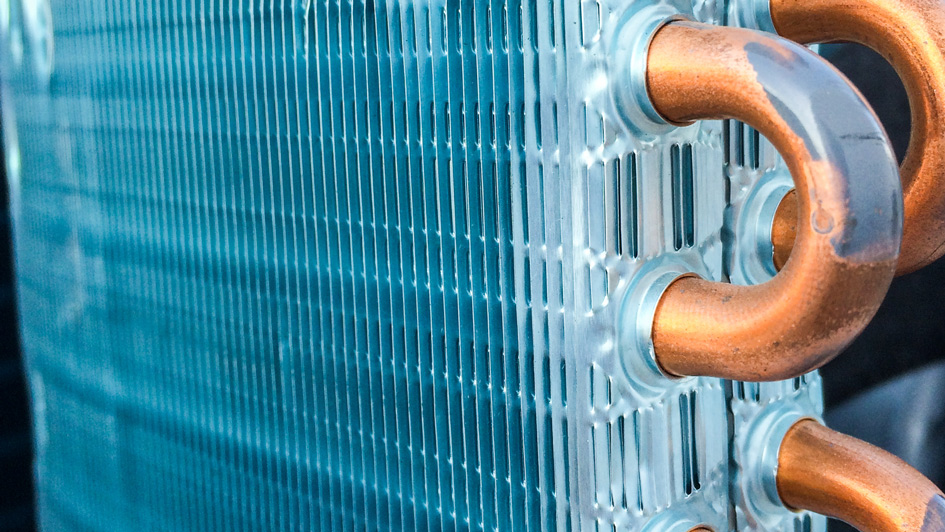
A furnace is almost always a background player in your home, ensuring you're warm in the cold winter months. It often doesn’t get noticed until something goes wrong.
One root cause might be that your furnace has a cracked heat exchanger. It can potentially be hazardous, so it’s critical to familiarize yourself with the evidence of a cracked heat exchanger and what you can do if you believe that is the problem.
What Is a Heat Exchanger in a Furnace?
A heat exchanger helps move heat from the combustion chamber in your furnace to the air that circulates through the air ducts. It typically handles this through coils or tubes that heat the air while serving as a barrier to keep the gasses produced in the combustion chamber, called flue gasses, from leaking out into your home.
Is a Cracked Heat Exchanger Dangerous?
Thanks to its key role, it’s no surprise that a damaged heat exchanger can be very dangerous. A damaged heat exchanger can permit dangerous gasses – such as carbon monoxide, which can be lethal – to be distributed across your home.
For that reason, never use your furnace if you suspect there's a crack in the heat exchanger, as this could make your entire household ill. Contact an HVAC professional right away if you are worried your heater has a cracked heat exchanger that needs repair.
Four Symptoms of a Cracked Heat Exchanger:
- Furnace shuts off: Cracks in the heat exchanger may cause your furnace to switch off.
- Odd Smells: If the air escaping your furnace has an intense chemical scent, it might be a sign gas is slipping through cracks in your heat exchanger. These byproducts, which will often smell like formaldehyde, are a common warning sign.
- Carbon monoxide alarm initiates or you notice health problems: If a cracked heat exchanger is relieving carbon monoxide into your home, your carbon monoxide alarm should go off or household members may experience signs of carbon monoxide poisoning. Complications include headaches, dizziness, weakness, nausea, vomiting or feeling sleepy. If your alarm goes off or you feel sick, exit the home right away and then call for help.
- Soot: If you spot black sooty accumulating near the exterior of your furnace, it’s another sign something could be seriously wrong.
What You Should Do if a Furnace Heat Exchanger is Cracked
If you worry your furnace has a cracked heat exchanger, call a pro with extensive experience in furnace installation Saint Louis as soon as possible so they can examine your system and, if necessary, handle a furnace heat exchanger replacement. Costs will vary depending on the situation, but estimates often hover around $1,000 to $3,000.
Fortunately, the good news is that heat exchangers are often protected by the warranty. You’ll want to check the warranty paperwork on your furnace, since while the warranty might not cover the entire cost of repairs, it could significantly reduce your bill.
How to Prevent a Cracked Heat Exchanger in Your Home
One of the best ways to avoid problems in your furnace overall is via routine furnace maintenance. Furnaces work the best when they run efficiently. Hiring a skilled professional to inspect your furnace for worn-out parts, clogged filters and other common problems can keep you from getting a big bill later on.
It’s also beneficial to take a look at your furnace filters every few months – it’s ideal some filters be swapped out every 90 days or sooner if they are dirty or grimy. While the filters aren't connected to the heat exchanger itself, the strain of pulling air through a clogged filter makes the entire furnace work longer to do its job. And the harder your furnace has to work, the more deterioration pieces like the heat exchanger will experience.
